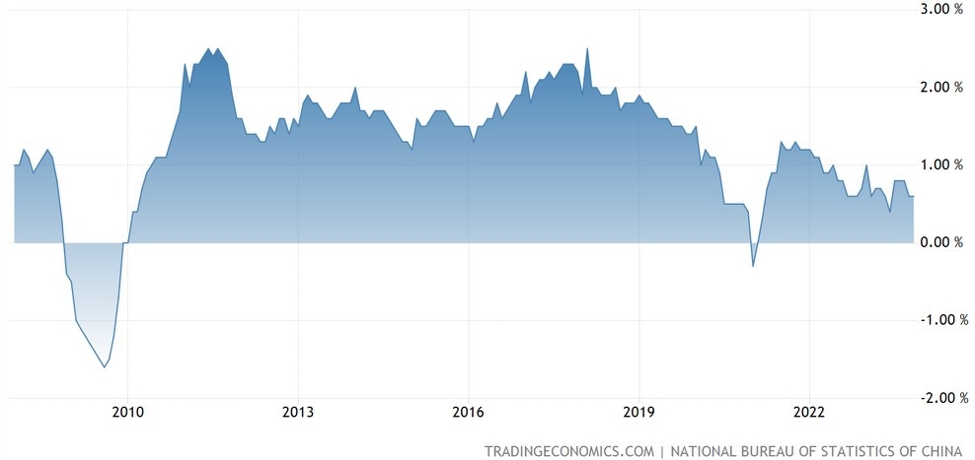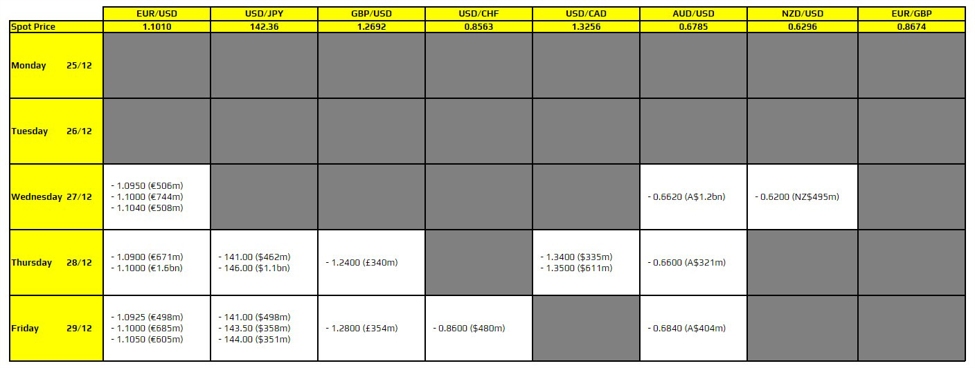Learn Volatility-Based Options Strategies: Trading Implied Movement Like a Pro
Options aren’t just about where price is going—they’re also about how much it’s expected to move. That’s where volatility-based trading comes in. In this guide, you’ll learn how to structure trades based on implied volatility (IV) rather than direction alone.
Mastering volatility is a major leap forward in your stock options education. It opens the door to trades that profit even when the stock goes nowhere—as long as volatility behaves the way you expect. These strategies allow you to shift your trading mindset from price prediction to probability management, targeting high-IV environments for selling and low-IV environments for buying.
Understanding Implied Volatility (IV)
Volatility is a Key Element of Options
Implied volatility reflects the market’s forecast of future price movement. It’s embedded in the price of options and shifts based on expectations—not actual movement.
Implied volatility rises before big events (e.g., earnings) and falls afterward—a pattern that can be both a risk and an opportunity.
Volatility Strategy Map
| Strategy | Best IV Environment | Market Bias | Objective |
|---|---|---|---|
| Long Straddle | Low (buy) | Neutral | Big move in either direction |
| Long Strangle | Low (buy) | Neutral | Cheaper volatility exposure |
| Short Straddle | High (sell) | Neutral | Premium capture, small moves |
| Short Strangle | High (sell) | Neutral | Range-bound profit potential |
| Calendar Spread | Low IV now | Neutral/Biased | Capture time/IV shift |
| Diagonal Spread | Low IV now | Directional | Combine time + trend view |
| Ratio Spread | High (sell excess) | Directional | Trade movement + IV edge |
1. Long Straddle – Betting on Movement, Not Direction
Buy both a call and a put at the same strike/expiration.
Example:
Stock is $100.
-
Buy $100 call for $2.50
-
Buy $100 put for $2.20
-
Total Cost = $4.70
Breakeven Zones:
-
Upside = $104.70
-
Downside = $95.30
Ideal When:
2. Long Strangle – Cheaper Than a Straddle
Buy OTM call and OTM put (less premium, wider breakevens).
Example:
Stock is $100.
-
Buy $105 call for $1.30
-
Buy $95 put for $1.20
-
Total Cost = $2.50
Breakevens: $107.50 and $92.50
Benefit: Cheaper entry for events with explosive potential (but lower probability).
3. Short Straddle or Strangle – Profit from Boredom
You’re selling volatility. Premiums are inflated. You want nothing to happen.
Example:
Stock at $50
-
Sell $50 call for $2.00
-
Sell $50 put for $2.10
-
Net Credit = $4.10
Profit range: Between $45.90 and $54.10.
Caution: Unlimited risk outside this zone. Best done in high-IV stocks you expect to stay calm.
4. Calendar Spreads – Playing the Time Curve
You sell a near-term option and buy a longer-term one at the same strike.
Example:
Stock is $75
You want the stock to hover near $75, so the short option decays and the long one retains value.
Tip: Works best when:
5. Diagonal Spreads – Add Direction to a Calendar
Same setup as a calendar, but use different strikes to lean bullish or bearish.
Example:
-
Sell 1-week $77 call
-
Buy 4-week $75 call
-
Net debit = $1.80
Profits from:
6. Vega and Volatility Sensitivity
Vega is the Greek that measures how much an option’s price changes for a 1% change in IV.
Monitor:
-
IV Rank: Current IV vs. 1-year range (high = sell, low = buy)
-
IV Percentile: % of time IV was below current level
What is IV Crush?
After high-impact events (e.g., earnings), IV often collapses. This drop in expected movement causes long options to lose value—even if directionally correct.
Example:
Avoid IV Crush By:
-
Selling premium into events (if experienced)
-
Using defined-risk spreads (e.g., iron condor, butterfly)
Wrapping Up: Trade the Odds, Not Just the Price
Volatility-based strategies help you:
-
Profit without guessing direction
-
Exploit mispriced option premiums
-
Trade the market’s expectations, not just its outcomes
They are especially useful when markets are:
Continue mastering your options toolkit with ForexLive.com (evolving to investingLive.com, where we turn volatility into an edge for smart, strategic investors and traders).
Make sure you didn’t miss: OptionsGreeks before our upcoming ‘Greeks in Practice’ — applying the math behind your trades to real-world setups.
ForexLive.com
is evolving into
investingLive.com, a new destination for intelligent market updates and smarter
decision-making for investors and traders alike.















